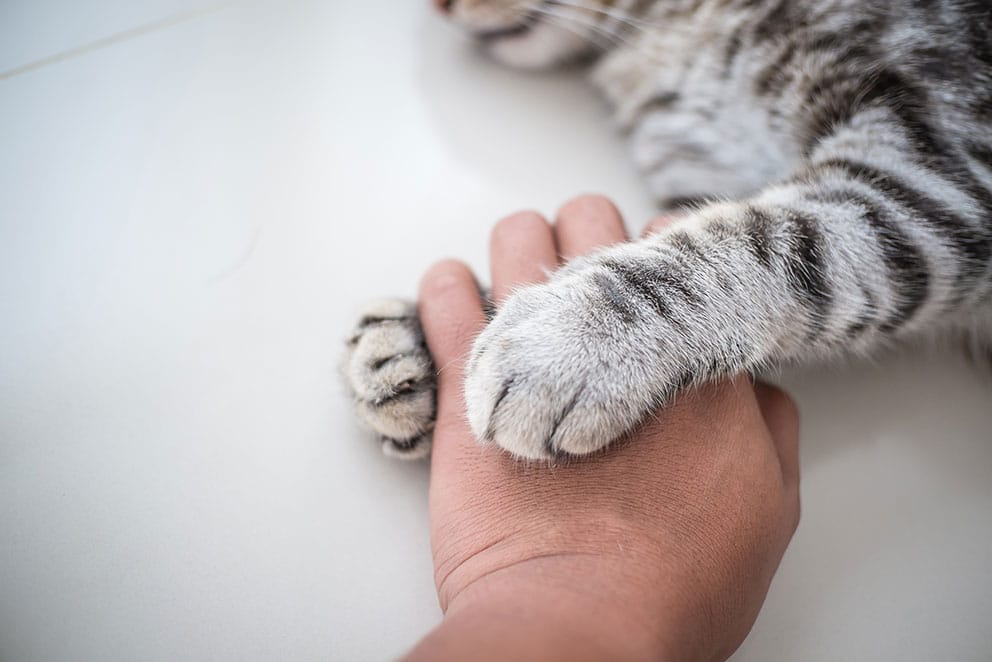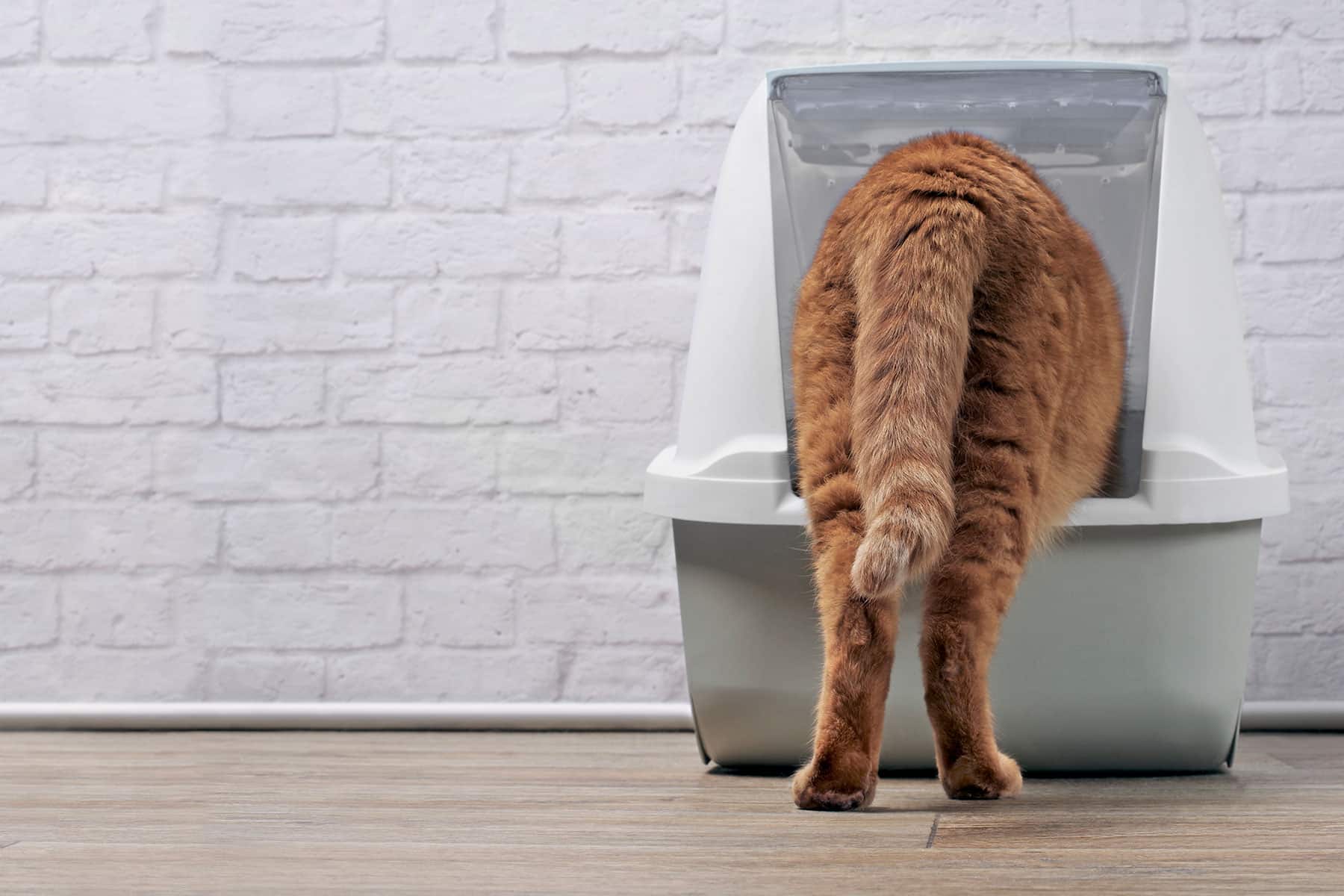Pets age 5 to 8 times more rapidly than people. An animal’s life can be divided into 4 stages: Paediatric, adult, senior and geriatric (See fig. overleaf). When the human/pet age analogy is made, it becomes clear why pets require at least a yearly physical examination and we may even recommend more frequent checks as your pet becomes older or is diagnosed with a medical problem that requires careful management. The senior period is where we may start seeing an initial decline in your pet’s physical condition, organ function, sensory function, mental function and immune responses.
Don’t assume that changes you see in your pet are just as a result of old age and that nothing can be done. Some examples of changes you may see include inactivity (pain, arthritis, and illness), bad breath (dental disease), decreased vision (cataracts), periods of disorientation (cognitive dysfunction syndrome), early morning stiffness (arthritis) and many more.
The most common problems that occur in older animals include cancer, heart disease, kidney disease, liver disease, osteoarthritis, cognitive dysfunction, diabetes and thyroid disease which is especially common in cats.
It is really important to be on the lookout for changes in our older pets as they can give us an early warning of internal problems. After all animals can be excellent at hiding ill health (a survival instinct) and we therefore have to be very observant.
Things to monitor at home would be weight (especially loss), appetite, water consumption, changes in toileting, changes in behaviour, development of “lumps and bumps”, difficulty breathing or coughing and difficulty in climbing stairs, jumping or running.
Remember not only are problems more manageable, but early detection can also improve your pet’s quality of life.






